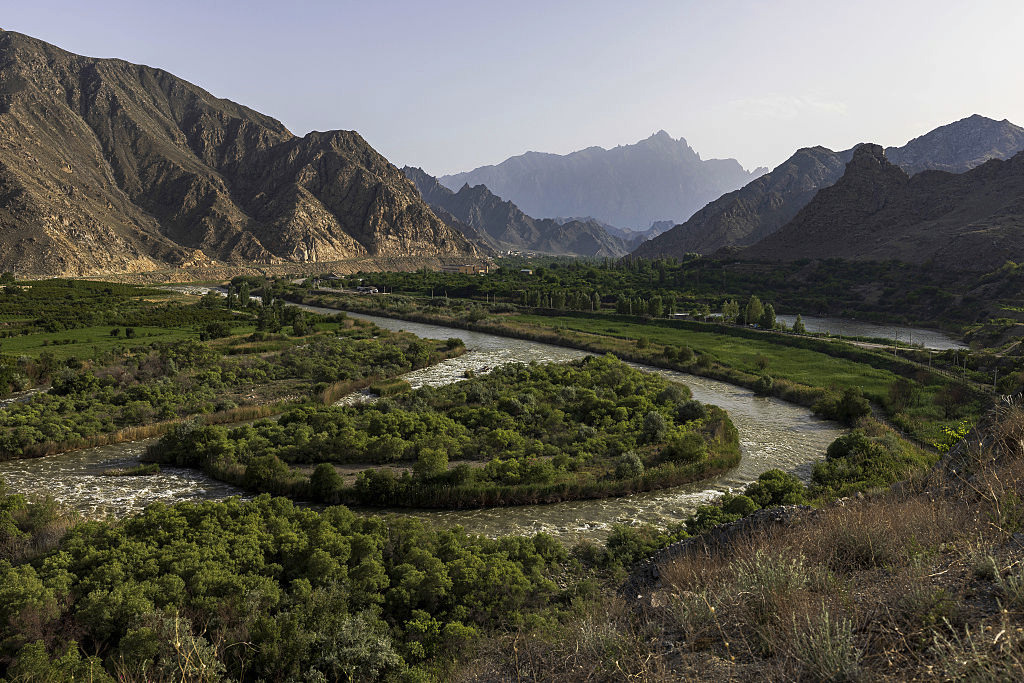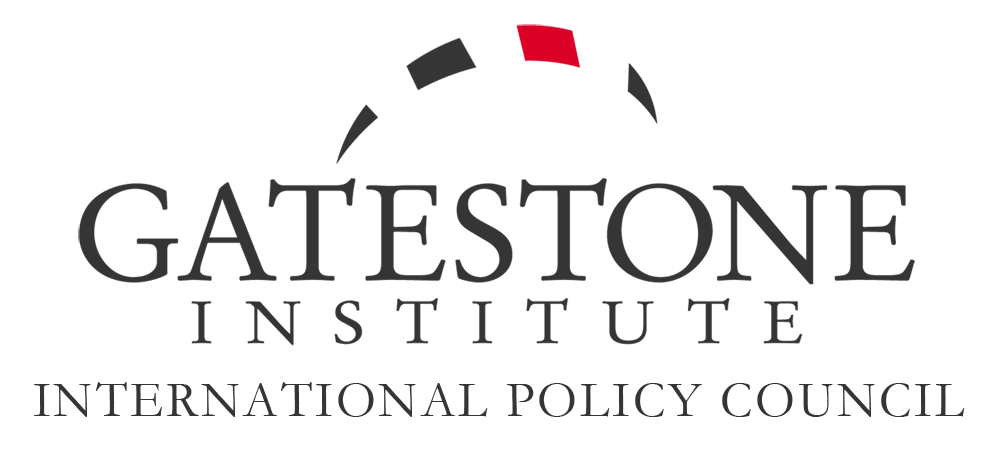
On October 10, as the committee that chooses the Nobel Peace Prize laureate meets, US President Donald Trump is expected to be in Transcaucasia to inaugurate work on a 166-kilometer-long railway line over one of the world's most rugged terrains.
The planned line is already dubbed the Trump Pathway to Peace and Prosperity, because it ends more than 200 years of on-and-off wars between Turks (initially as Ottomans) and Armenians (as subjects of the Russian czar and later the USSR). The disintegration of the Soviet Empire in the 1990s led to the emergence of a landlocked Armenian state next to what was dubbed the Republic of Azerbaijan, but the conflict continued.
With the Soviet suzerain gone, the two impoverished republics started a war that lasted over a decade and pushed over 300,000 people out of their ancestral villages.
Turkey backed Azerbaijan, with which it shares a more or less similar language, while Iran took Armenia's side to put a halt to expanding Turkish influence towards the Caspian Basin. Russia tried to hedge its bets because it needed close ties with Azerbaijan in forging a new legal convention for the Caspian, while retaining access to Iran via Armenia's border.
Iran has a 688-kilometer-long border with Azerbaijan, which is cut by Armenia's 44-kilometer-long frontier with Iran. That narrow frontier was to be the starting point of what was called the North-South Corridor, linking Iran with Russia and thence Europe via Georgia.
Needless to say, the tense situation between Armenia and Azerbaijan meant that the Iran-Georgia-Russia-Europe railway link was never built. Nevertheless, the Armenian border remained crucial for Iranian transit and trade, with long lines of trucks bringing goods from Russia and, before the Ukraine war, much of eastern and Central Europe.
The transit route became even more important to Iran for beating American and European sanctions with a wink and a nod from Russia and Armenia.
In addition, two important hydroelectric complexes are located in the short border area, making close cooperation between Iran and Armenia vital for both sides. Within a 5-kilometer depth of the border zone, we also find a free-trade zone of some importance to the Iranian provinces of East Azerbaijan and Ardebil. To these, one could add water-management facilities and environmental projects.
The patchwork, created by Stalin's deliberate divide-and-rule policy, chopped the Azerbaijan Republic into two bits, with the one on the west known as the Autonomous Republic of Nakhichevan, which has a border with Turkey, Iran and Armenia, but not with Azerbaijan itself. Thus, contact between Turkey and Azerbaijan has only been possible via Iranian territory.
The Trump "pathway" is designed to connect two existing railway lines, one between the city of Kars in Turkey to Nakhichevan and another,158 kilometers long, from Velidbag to Ordubad, and extend it with a new 166-kilometer-long line between Ordubad in Nakhichevan and Horadiz in Azerbaijan and thence to Baku on the Caspian.
Had Iran not been isolated diplomatically, the ideal route for the Turkey-Caspian railway would have been through Iranian territory, because it could have also served Iran's northwestern provinces. The theoretical line via Iran might have also reduced the cost of building pipelines to transit Caspian energy resources to the Mediterranean via Turkey.
The choice of the new route, known as the Zangezur, in the Armenian province of Syunik, shuts Iran out of a trade line that could link Anatolia to Central Asia and China via the Caspian at a time that Iran is also excluded from China's global belt-and-road scheme.
Needless to say, Tehran isn't happy about all that.
Iran's Tasnim news agency, controlled by the Islamic Revolutionary Guard Corps, expresses concern that, in view of Baku's close ties with Israel, the project could pose a direct threat to Iranian security. The headline of the government daily newspaper in Iran the other day was "America Become Our Neighbor!"
This is because under the Trump "pathway" deal, the border area on the Armenian side to the depth of five kilometers is leased to the US for 99 years. Under the memorandum of understanding by Trump with Azerbaijani President Ilham Aliev and his Armenian counterpart Nikol Pashinyan, the actual border posts will be manned by Armenian guards. But the US will be in control of the entire border by creating a Pathway Zone like the Panama Canal Zone in Central America.
The 99-year lease deal revives the bitter memory of Iran ceding what are now Azerbaijan, Armenia and Nakhichevan to the Russian Empire under the Golistan Treaty in 1813. But when that lease ended, Iran was too weak to demand the return of its lost territories and Russia too strong to even consider handing them back.
At the time, the Qajar rulers of Iran decided to grin and bear it, hoping that the czarist Russian Empire would collapse. But when that happened in 1917, the Qajars were still not strong enough to challenge the new Soviet Empire.
Tehran is also sore that it wasn't even consulted about such a major change along a crucial border. Nevertheless, the Tehran leadership has decided to welcome the deal brokered by Trump and accept the Pathway, albeit with a few frowns, in the hope that the new situation would help ease tensions with Washington.
One sign that Tehran has decided to accept the new neighbor is the decision to stop the project to build a new military base in Talesh, close to the borders of both Armenia and Azerbaijan, for possible use in an operation to invade and annex Nakhichevan. Thus, the Trump pathway could also make sure that peace is kept between Iran and Azerbaijan.
Iran's "Supreme Guide" Ali Khamenei has remained totally silent on the issue, implicitly endorsing President Massoud Pezeshkian's pragmatic approach.
As "neighbors," Iran and the Pathway Zone Authority will have to cooperate in a number of domains: security, fighting smugglers and drug- and human-traffickers, while contenting well-established joint environmental and water-sharing projects.
The US zone would also need cooperation with Iran to secure part of its electricity, as well as all its oil and gas needs. In other words, Iranian and American personnel will have to learn to talk to each other and work together about practical day-to-day matters rather than hostages, exporting revolution, wiping Israel off the map and nuclear weapons.
Well. One question: Will the Nobel barons recognize Trump as peacemaker?
Amir Taheri was the executive editor-in-chief of the daily Kayhan in Iran from 1972 to 1979. He has worked at or written for innumerable publications, published eleven books, and has been a columnist for Asharq Al-Awsat since 1987.
Gatestone Institute would like to thank the author for his kind permission to reprint this article in slightly different form from Asharq Al-Awsat. He graciously serves as Chairman of Gatestone Europe.


